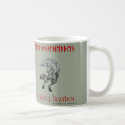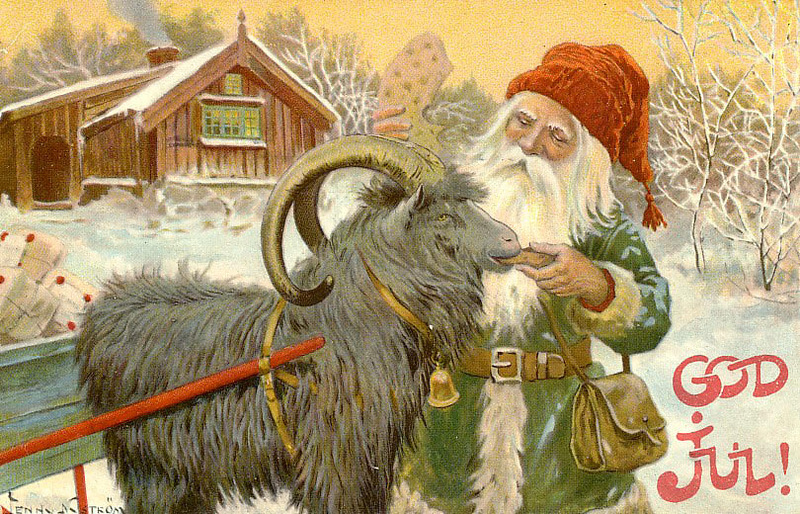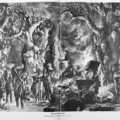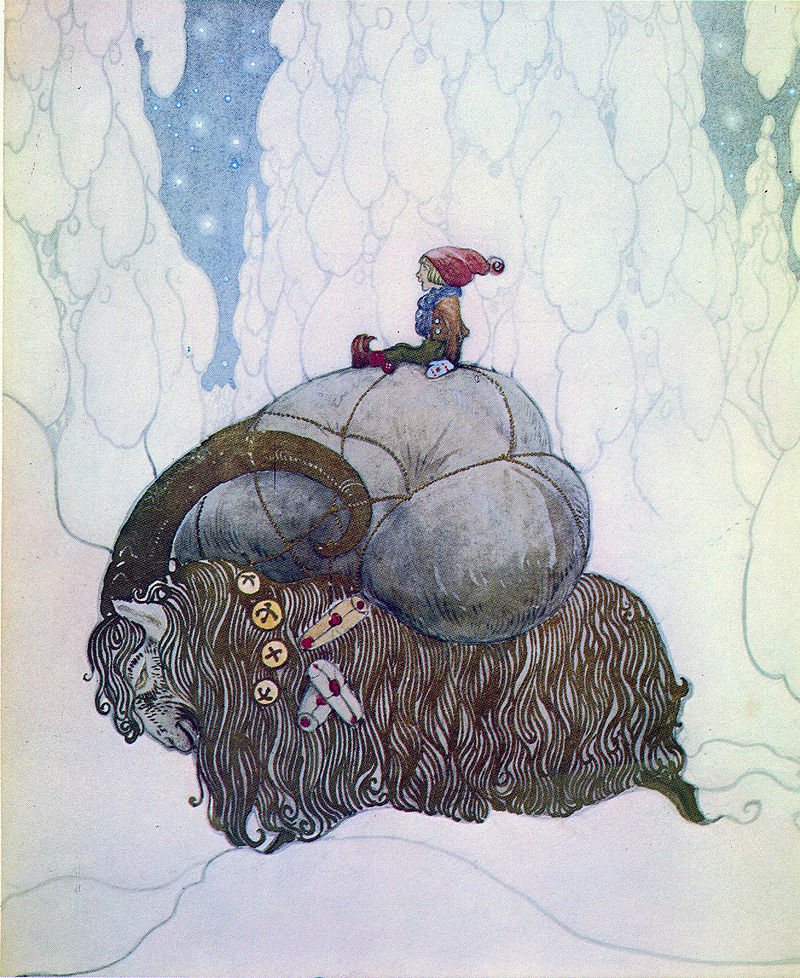
Yule, Yuletide, and Its Historic Roots
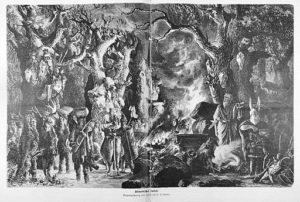 Yule has deep historical roots woven into the fabric of Germanic and Norse cultures, marking a significant celestial event and heralding the arrival of the winter solstice. In these ancient societies, Heathens celebrated Yule as a pivotal festival during the darkest time of the year. Yule symbolizes the rebirth of the sun and the promise of brighter days ahead.
Yule has deep historical roots woven into the fabric of Germanic and Norse cultures, marking a significant celestial event and heralding the arrival of the winter solstice. In these ancient societies, Heathens celebrated Yule as a pivotal festival during the darkest time of the year. Yule symbolizes the rebirth of the sun and the promise of brighter days ahead.
Germanic Origins
Winter Solstice Celebration
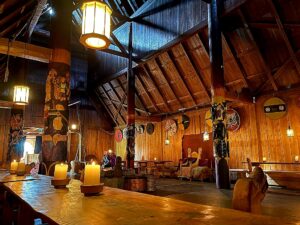 Germanic tribes honored the winter solstice in the form of the Yule festival. Yule commemorates the moment when the sun, which had been growing weaker and lower in the sky, reaches its lowest point and then began its ascent. Yule promises the return of longer days.
Germanic tribes honored the winter solstice in the form of the Yule festival. Yule commemorates the moment when the sun, which had been growing weaker and lower in the sky, reaches its lowest point and then began its ascent. Yule promises the return of longer days.
Feasting and Merriment
Yule celebrations were marked by feasting and revelry, with communal gatherings to share food, drink, and festivities. The feast was a central aspect, symbolizing the abundance of the harvest and the hopes for a prosperous year ahead.
Yule Log Ritual
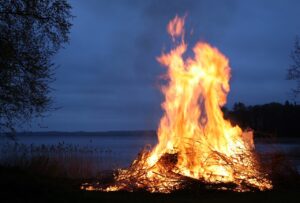
The Yule log held great significance. A large, specially selected log was ceremoniously brought into the home and burned in the hearth for the duration of the festival. It represented the continuity of life, warmth, and protection against malevolent spirits during the long winter nights.
Norse Traditions
Norse Mythology and Yuletide
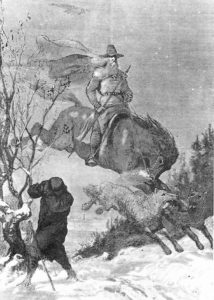 In Norse mythology, the festival of Yule, known as “Jól,” includes the legends of Odin, the Allfather, and the Wild Hunt. Odin, whom we associate with wisdom, war, and poetry, leads the Wild Hunt across the skies during the Yuletide. The Wild Hunt is a spectral procession of warriors and magical beings.
In Norse mythology, the festival of Yule, known as “Jól,” includes the legends of Odin, the Allfather, and the Wild Hunt. Odin, whom we associate with wisdom, war, and poetry, leads the Wild Hunt across the skies during the Yuletide. The Wild Hunt is a spectral procession of warriors and magical beings.
Twelve Days of Yule
The Norse celebrated Yule over twelve days, a period known as “The Twelve Nights.” Each night represented one month of the upcoming year, foretelling events and omens for the months ahead.
Gift-Giving and Symbolism
Yule was a time for gift-giving among the Norse, symbolizing goodwill and fostering relationships. These gifts often held symbolic meanings, representing blessings for the coming year or tokens of appreciation.
Honoring Yule Today
Modern Heathens seek to honor the traditions of their ancestors while adapting them to fit contemporary lifestyles. Celebrating Yule in a way that echoes the ancient Germanic and Norse practices can be a meaningful endeavor. Here are some ways Heathens might celebrate Yule today.
Yule Blot and Rituals
Blot Ritual
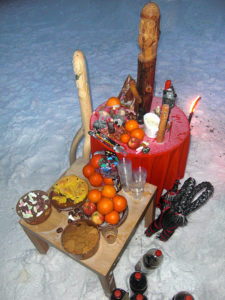 Conduct a Yule Blot, a sacrificial offering ceremony to honor the gods and spirits. Offerings could include mead, ale, or food. Place them in a sacred space or outdoors, accompanied by prayers or spoken words of gratitude and intention.
Conduct a Yule Blot, a sacrificial offering ceremony to honor the gods and spirits. Offerings could include mead, ale, or food. Place them in a sacred space or outdoors, accompanied by prayers or spoken words of gratitude and intention.
Honoring the Ancestors
Dedicate part of the celebration to honoring ancestors. Set up an altar with pictures or symbols representing ancestors. Offer them food, drink, or light candles in their memory, acknowledging their influence and seeking their blessings for the coming year.
Feasting and Hospitality
Yule Feast
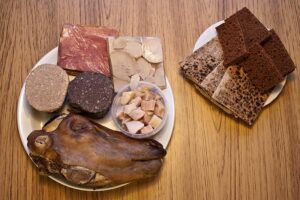
Host a grand feast with friends and family, emphasizing traditional foods that the ancestors might have been eaten. Foods include roasted meats, root vegetables, bread, and mulled drinks. Consider using local, seasonal ingredients as a nod to ancestral agricultural practices.
Community and Hospitality
Emphasize hospitality by inviting others to share in the festivities. Open your home to friends, neighbors, or members of the Heathen community to foster camaraderie and a sense of shared celebration.
Rituals and Symbolism
Lighting the Yule Log
Light a special Yule log in the fireplace or bonfire outdoors to symbolize the warmth and light returning to the world. Decorate the log with runes, symbols, or herbs with significant meanings.
Evergreen Decorations
Deck the halls with evergreen boughs, holly, or mistletoe. These plants held symbolic significance for ancient Heathens, representing endurance, protection, and fertility.
Divination and Reflection
Reflective Practices
Take time for introspection, reflecting on the past year and setting intentions for the year ahead. Use divination tools such as runes to seek guidance or insights for the coming months.
Storytelling and Lore
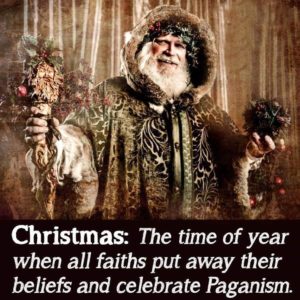 Share tales from Norse mythology or stories of Yule traditions with family and friends, passing down cultural lore and fostering a deeper connection to ancestral wisdom.
Share tales from Norse mythology or stories of Yule traditions with family and friends, passing down cultural lore and fostering a deeper connection to ancestral wisdom.
By blending these ancient customs with a modern approach, Heathens can create meaningful and authentic Yule celebrations that pay homage to their ancestors while embracing the spirit of renewal, community, and the changing seasons. Adaptation and personal interpretation play key roles in shaping Yule celebrations for Heathens today, allowing for a vibrant continuation of these age-old traditions.
In both Germanic and Norse cultures, Yule was a time of deep spiritual significance, emphasizing the cyclical nature of life, the turning of the seasons, and the hope for renewal. These ancient traditions and customs, rooted in the observation of the winter solstice, continue to resonate in modern-day interpretations of the Yule festival within contemporary Heathenry and Pagan practices.
Happy Yule!!
Did you know you can become my patron for as little as $5 a month? This entitles you to content not posted anywhere else. Plus you get to see posts like this three days before the public! Without patrons, I’d be having a very hard time keeping this blog going. Become a patron today!Become a Patron!
